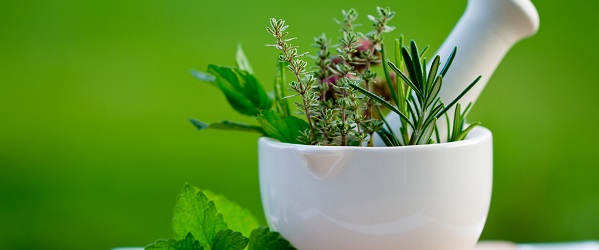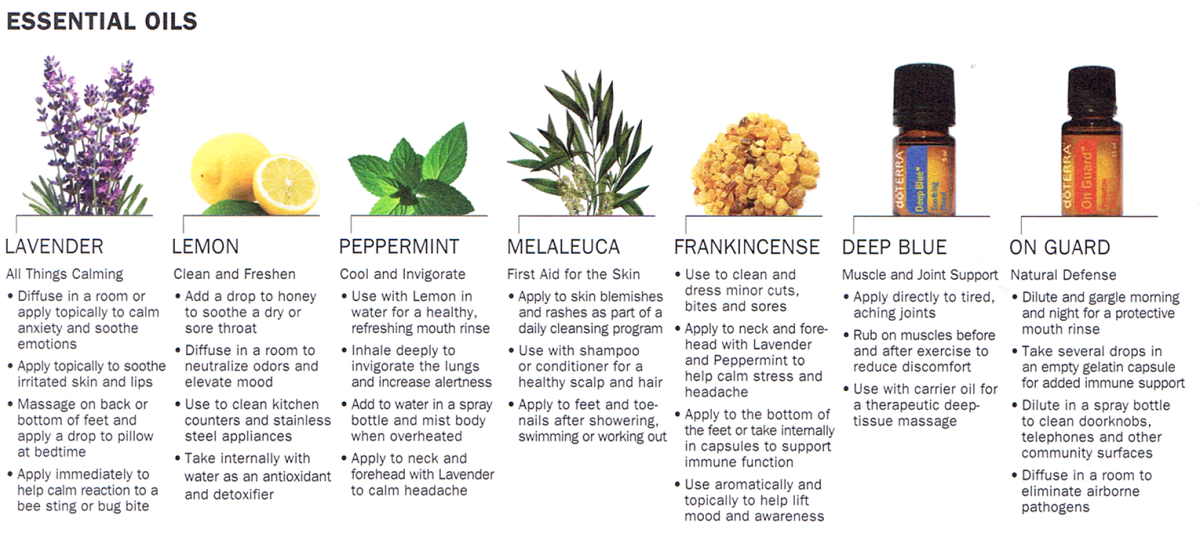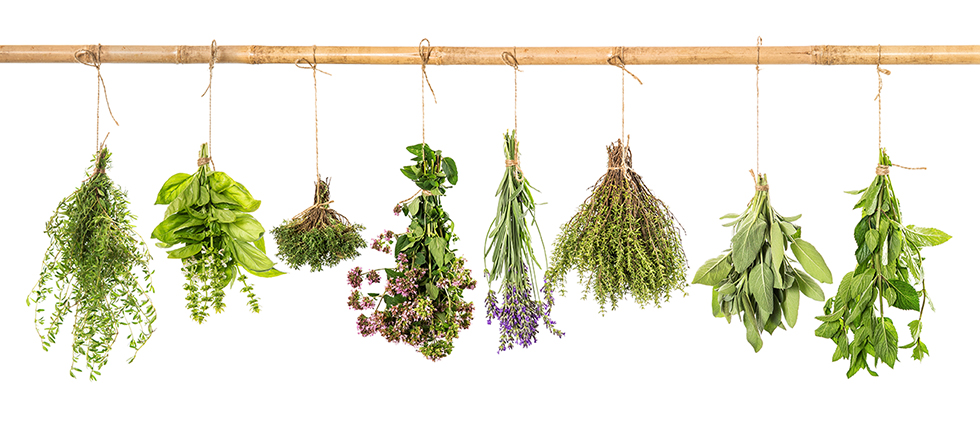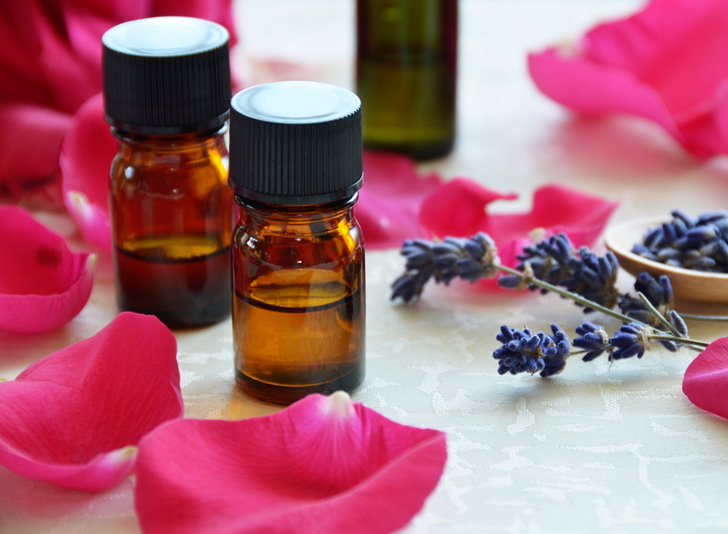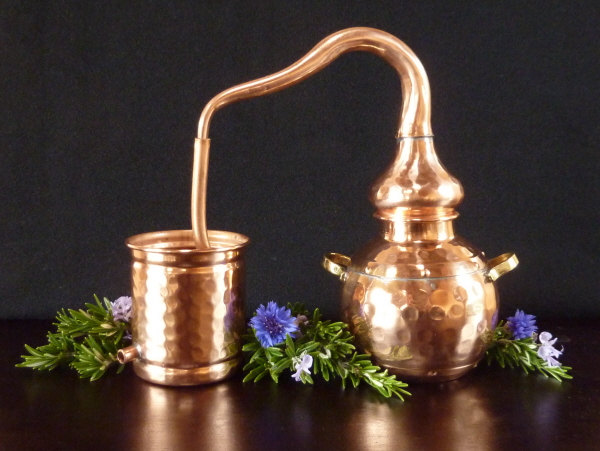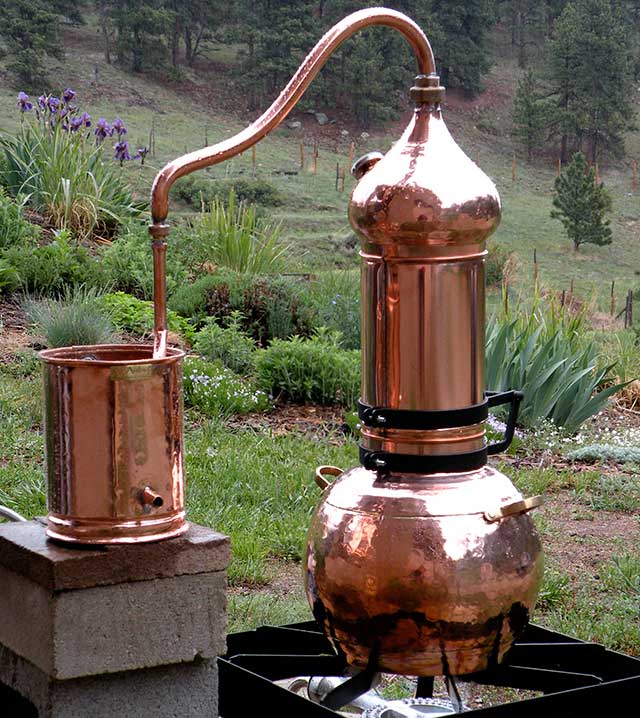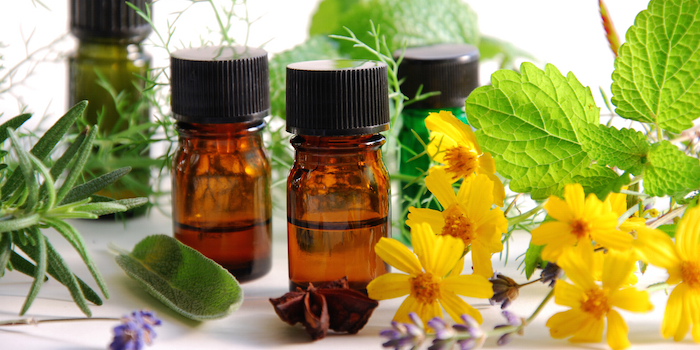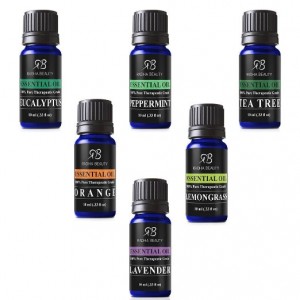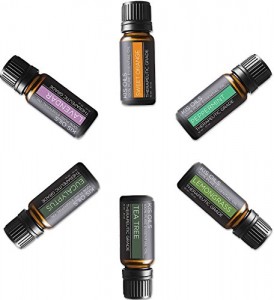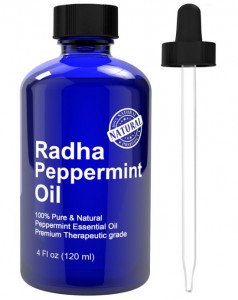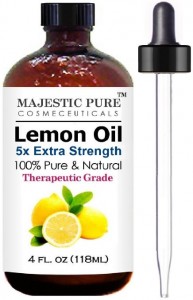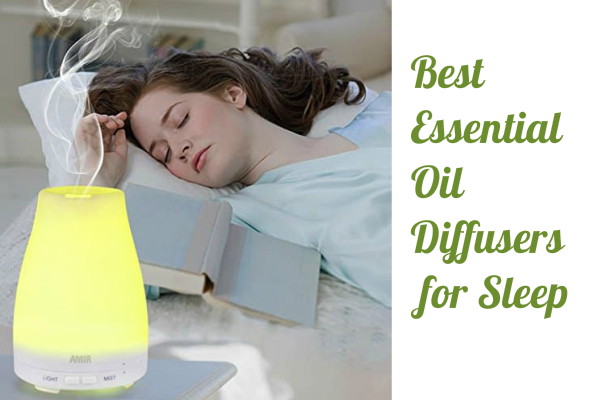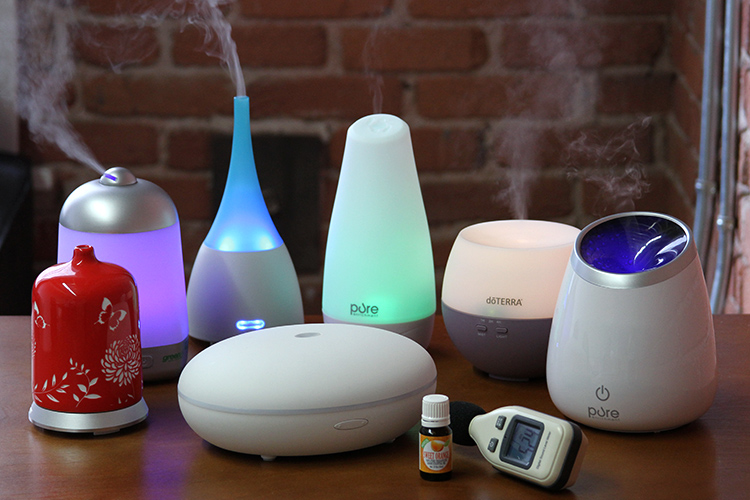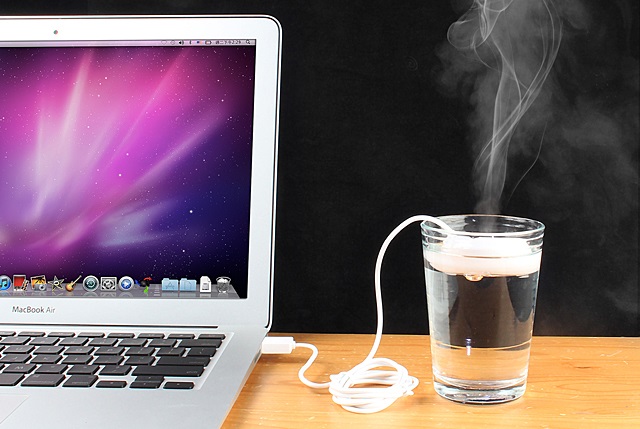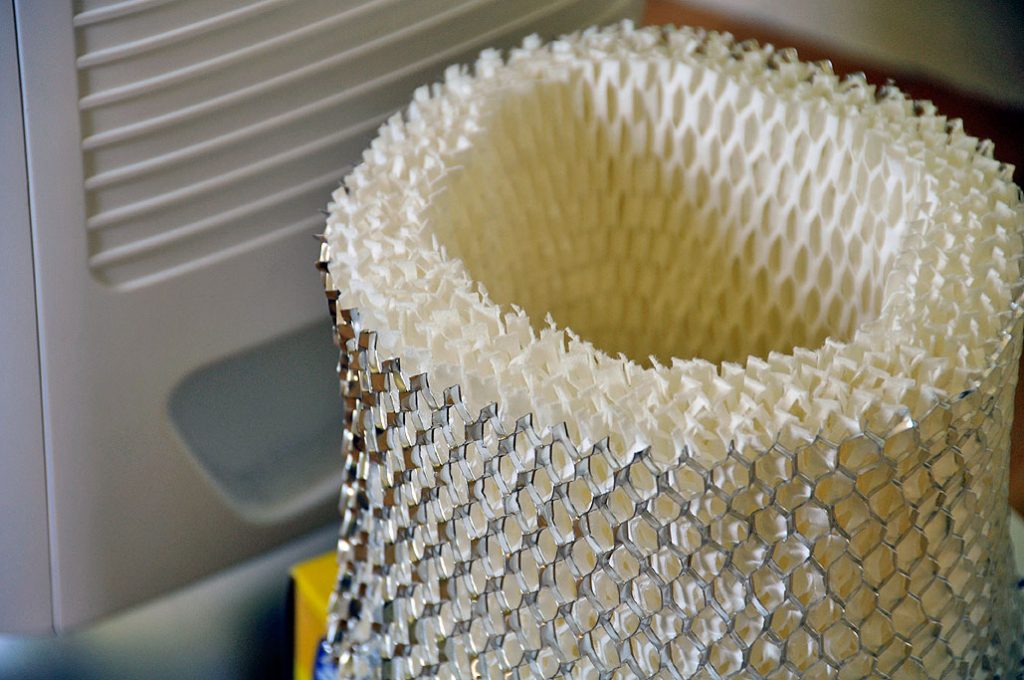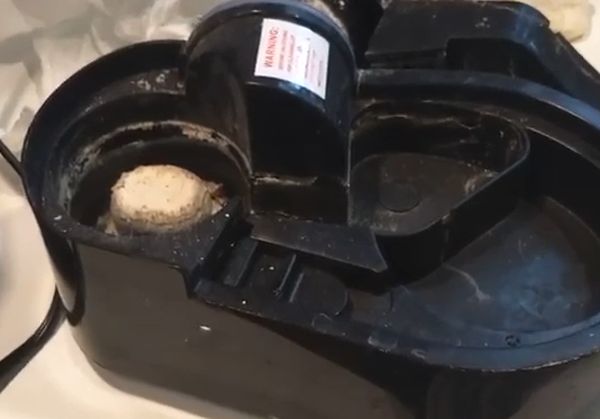How to Make Essential Oils at Home
If you want to make your own essential oil to take advantage of the wonderful and extremely powerful essence of natural, healing herbs, here are the steps to follow. However, be warned- it is not that easy to get a quality product, but with little practice and tenacity for sure anyone can produce natural essential oil of great quality .
Select Plants
If you want to succeed in making your own essential oil, you need to carefully select the plants that you wish to add in the mix. Your selection will determine the abilities of the aromatic oil. Some very popular plants to add in the mix are: the rose, coriander, lavender, cinnamon, eucalyptus, sage, oregano, cloves or the Lilac.
Stock on Materials
Where to find the raw materials for your essential oils? It is simple to stock mostly among herbalists although with on the Internet now there are many websites specialized in the sale of aromatic herbs or seeds if you prefer to grow your own plants. If you are lucky enough to live in an area with aromatics producers you can buy all raw materials directly from them. It is preferable to choose organic products, guaranteed free of pesticides or insecticides because unfortunately these can contaminate your essential oils properties.
Pureeing and Boiling
It is preferable to dry the plants in shade even if it is not essential to obtaining an essential oil, concentrated and pure. This step is of utmost importance to make the most of the active ingredients in the plants, in order to get the best results. Contrary to what many people think, do not cut or chop the plants because they would loose most of their qualities.
Filter with a colander
When you use a saucepan to boil your mixture of water and plants to make your essential oil, recover the precious liquid by filtering: a simple strainer will allow you to separate the plant matter of your essential oils. Use muslin in the bottom of the strainer for a finer oil filter.
Repeat
Extracting essential oils by steam distillation takes time: generally, you will have to repeat the procedure three times. Remember that it takes at least 2-3 hours of distillation to collect as much oil as possible. This step can be avoided by using a still but that requires a lot of material because usually, stills have a large capacity.
Distillation
The separation technique of the essential oil through steam is called distillation: a very old process perfect for the extraction of aromatic essences from plants. In fact, the aromatic qualities of the plants are not affected by boiling water. The easiest way is to use a still that is the distillation apparatus. Nowadays, there are very affordable extraction kits which you can order via Internet. But first, as a precaution check whether possessing a still in your country is legal: some countries have restrictions related to moonshine manufacturing.
What is an alembic?
The still is an apparatus for distilling plants: it separates the active ingredients by heating and then cooling them. A still consists of several parts. The body which receives the liquid- it is heated. The capital which is above the heating element: it retrieves the steam loaded with oil. The goose-neck that carries the vapors to condense and the coil used to cool the vapors and collect the distilled liquid.
First Cold Pressing Oils
Some essential oils can only be obtained by cold pressing: among these we find avocado oil, almond, olive,evening primrose, jojoba, macadamia, hemp, apricot kernel oil. They are not used for aromatherapy but have extraordinary qualities for beauty treatments and some of them incredible nutritional values. I do not recommend you to jump into this sort of extraction because it is a long and tedious process. All vegetable oils are also almost impossible to get if you do not have a press or oil mill.
Store in a Bottle
To retrieve the product of your distillations you will need a funnel or pipette, especially if you are not using a still, because they come with taps for easy filling. This is a particularly gratifying step because you can appreciate the quality of your work by collecting the precious liquid ready to use after long hours of work. Use stainless steel and glass containers: they are the best ways to permanently store your essential oils.
Where to buy essential oils?
Making your own product can be rewarding but few of us have the time or talent to do it. Nevertheless, the most simple and effective solution remains to buy essential oils made by laboratories. Shops abound in offers online and offline -drugstores, bio shops or even supermarkets. I prefer small perfume stalls, which have a unique charm and where you also receive valuable advice but you will also find many internet websites dedicated to the sale of essential oils online.
You now know everything you need to know about essential oils and their manufacturing process. Keep in mind that making your own essential oil takes patience and training and even if the first attempts are not successful, do not be discouraged. The pleasure of making your own products is priceless, although in this case it will certainly be more floral water than highly concentrated essential oil.

